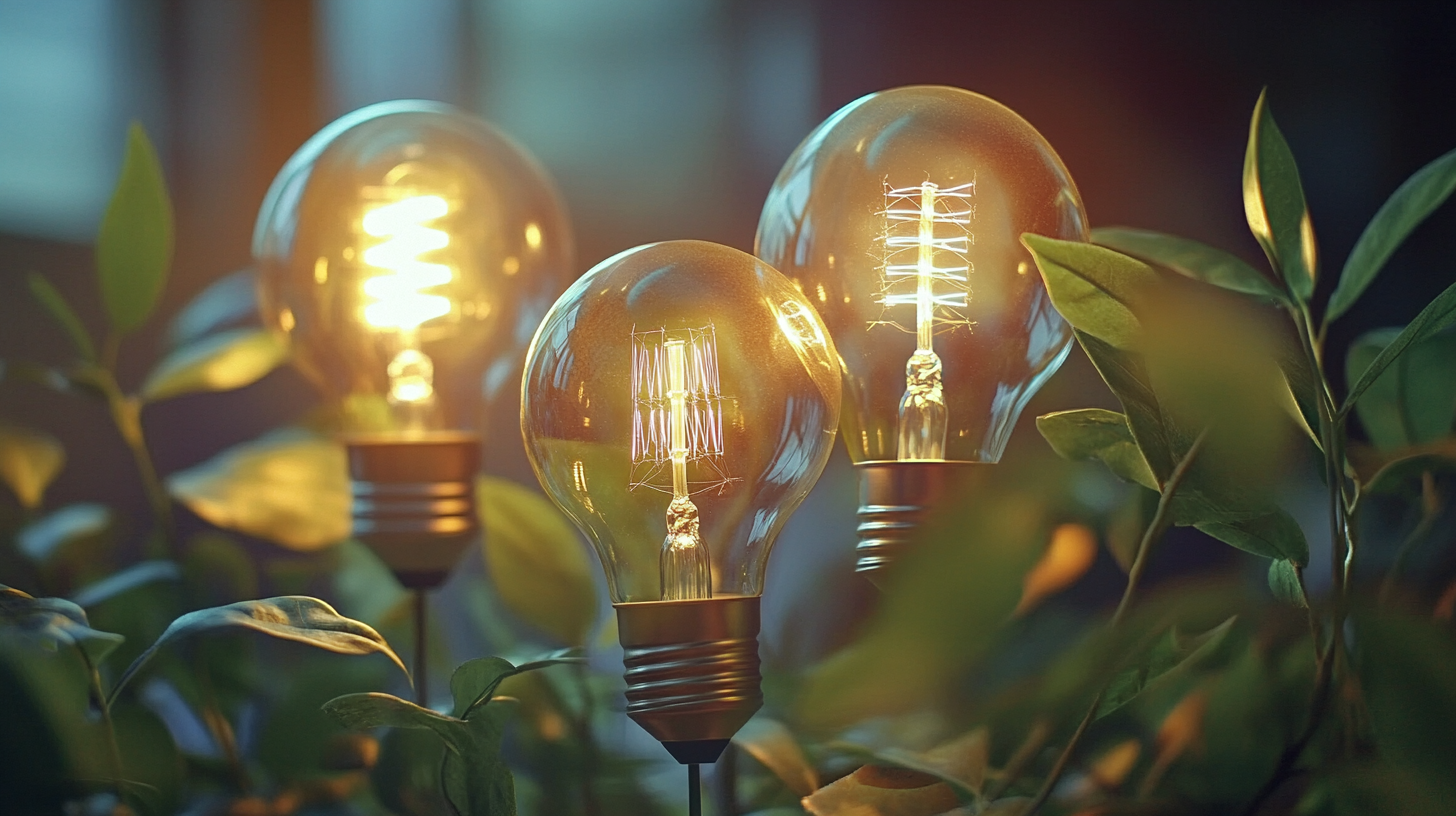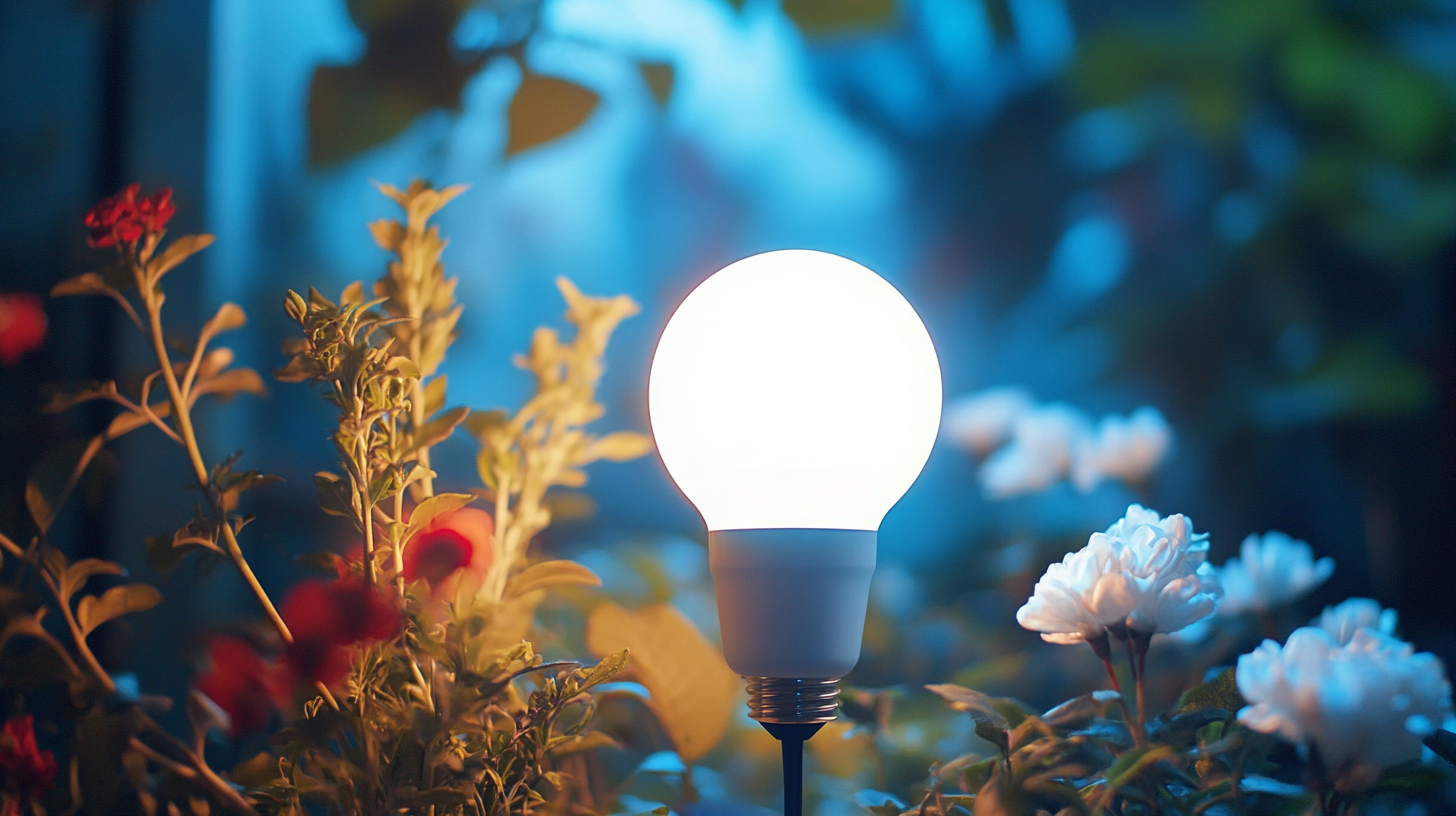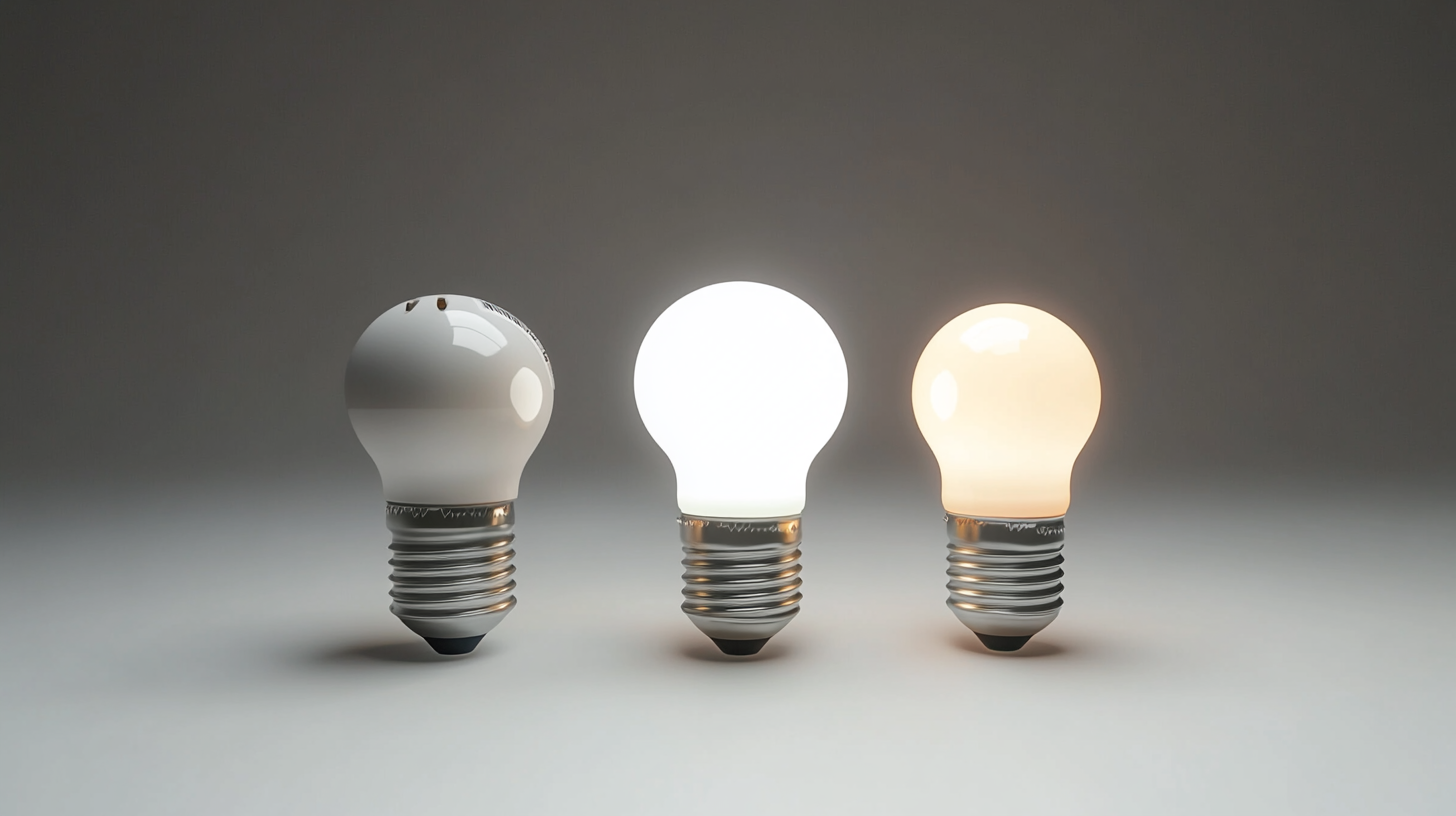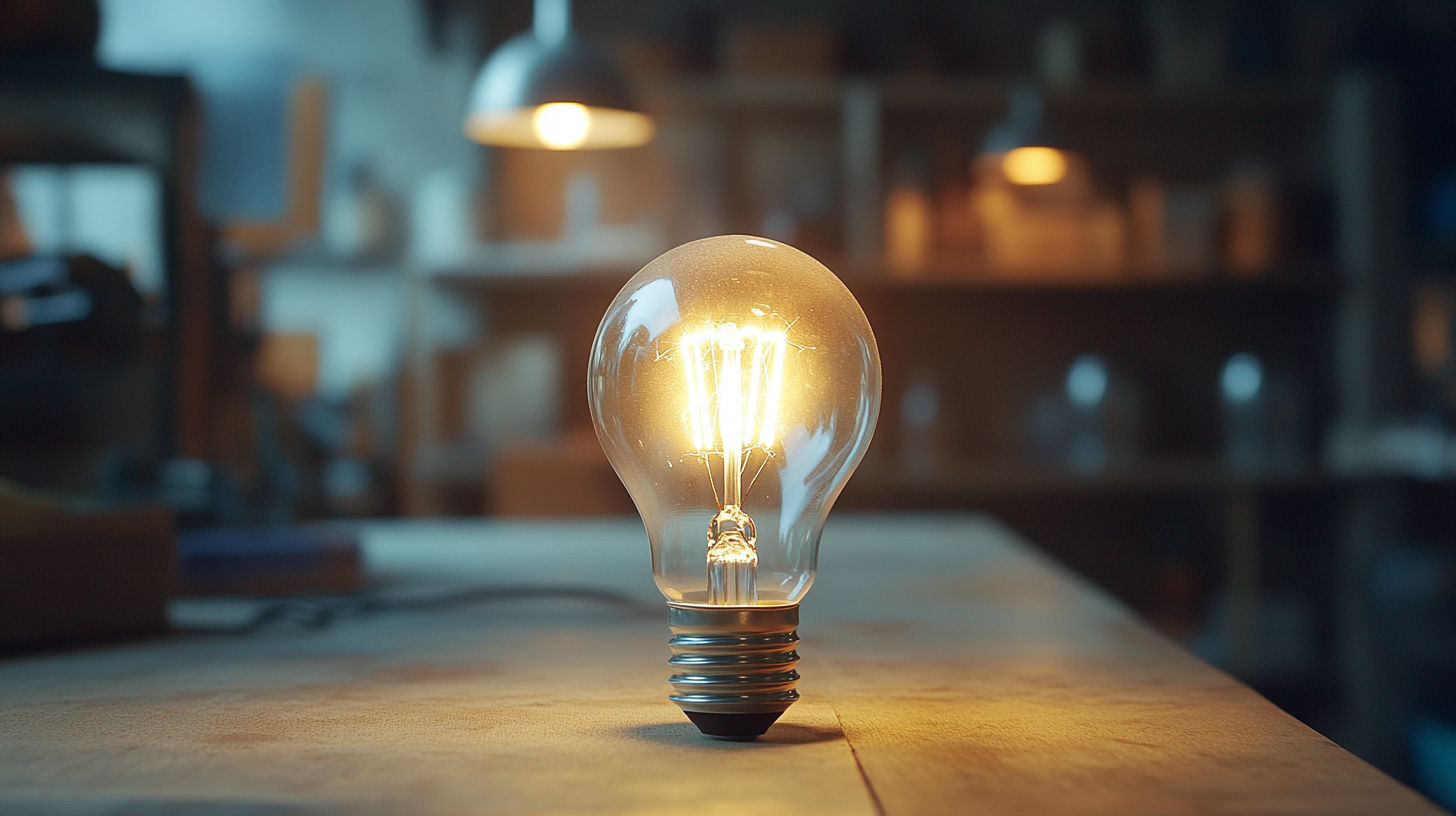The Evolution of Led Light Bulbs and Their Impact on Global Sustainability
LED bulbs have contributed greatly to the changing scenario of space illumination and by having far-reaching effects on global sustainability. The increase in importance attached to energy efficiency led the new breed of LED bulbs to come under the umbrella of technological revolution. The sudden awakening of energy-efficient replacements for incandescent lamps with a longer lifetime and less energy consumption gave LED its rightful place in modern-day light.
In this blog, we chart the course of the LED bulb as it grew through various stages, from the first prototypes to mass acceptance. It will also discuss the technological milestones in the development of modern LEDs and their implications for sustainable practices throughout the world. The discourse will highlight the benefits and challenges of LED light bulbs in the developments toward a greener future by conserving energy at the global level. In this endeavor, we shall show the world just how these lit little wonders illuminate our path into an environmentally secure tomorrow.

The Historical Development of LED Technology: From Inception to Mainstream Adoption
The LED represents a truly scientific and sustainable contraption; development started as far back as the early 1960s with Nick Holonyak Jr.'s first production of a visible light-emitting diode at General Electric. The breakthrough came in the 1990s, with Shuji Nakamura's development of the blue LED, which allowed the production of the full spectrum of white light. This important step changed the application of LEDs from some indicators and displays to general illumination with the active encouragement of widespread use in homes and industries. According to an international energy agency report in 2012, LEDs had overtaken the lighting market with over 40% of worldwide lighting sales. LED bulbs consume much less energy—up to 75% less, compared with incandescent—while lighting for up to 25 times longer. The U.S. Department of Energy estimates that by 2030, in a scenario of full LED adoption, the annual savings to the U.S. economy in electricity would be approximately $30 billion, which would go a long way in decreasing greenhouse gas emissions. LED technology has been changing the scene of global sustainability since its inception. Current developments in smart LED lighting solutions with green manufacturing processes minimizing toxic waste are avenues indicating their responsibility to the environment. Reports indicate that improvements in lighting efficiency through LEDs could contribute as much as a 50% decrease in global electricity consumption for lighting by 2030, thus signifying the important role LED technology has played in achieving sustainability.

Understanding the Environmental Impact of Traditional Lighting vs. LED Solutions
The environmental impact of traditional lighting systems such as incandescent and fluorescent bulbs has been an alarming concern as the world turns to greener practices. These traditional technologies consume loads of energymaking it energy inefficient that is carbon footprint high. The LED lighting systems convert that game considerably since those systems require less energy have longer lifespan and lower toxicity. Thus did these economies need that successful transformation; the transformation took place in the lighting industry.
Recent developments in LED technology are an indication of a transition to smart and efficient resources. The automotive sector progresses from road lighting systems to smart, interactive systems-a trend seen in the general lighting market. Intelligent lighting contributes to optimizing energy savings, in addition to improving user experience. It is further clear that the market for LED display control systems will grow significantly in the coming years. This points to an increasing demand for energy-efficient solutions.
What it also shows is the expanded interest in green light technologies as part of a more extensive commitment to sustainability. Furthermore, it is being reported that organizations are increasingly adopting practices that are eco-friendly thus heightening the standards for energy efficiency that in the long run, will encourage the way to LED solutions. The potential for environmental improvement grows substantially in time because the adoption of LED lighting becomes pervasive in other sectors like agriculture and infrastructure. It heralds the beginning of the new era in sustainable lighting.

Energy Efficiency: How LED Bulbs Contribute to Reduced Carbon Footprint
The changeover from incandescent bulbs to LEDs has forced a huge paradigm shift in our perception of energy consumption and environmental sustainability. According to the U.S. Department of Energy, an LED uses at least 75% less energy than an ordinary incandescent bulb and lasts for about 25 times longer. This kind of incredible efficiency really helps cut back a lot of the carbon footprint on Mother Earth. Out of the different firms, building energy consumption accounts for about 70% within certain regions, which means LED technology would create considerable greenhouse gas emission reductions.
Recent studies show that replacing one incandescent bulb in every American home with an LED would save energy equivalent to powering more than a million homes for an entire year. Also, the IEA (International Energy Agency) pointed out that if LED lighting were to be adopted widely, it could bring about more than 1,400 terawatt-hours of electricity savings by the year 2030, which equates to the reduction of almost 700 million tons of CO2 emissions. Individual-level decisions can work together and give rise to a larger shift toward sustainability.
LED technology also delivers beyond mere energy savings. The manufacture of reducing resources and waste in LED bulbs compared to conventional lighting also encourages sustainability. Innovations in this LED technology, such as the development of smart LEDs that can adjust their brightness in response to ambient light, illustrate the industry's commitment to further oiling energy savings. As cities evolve, the proliferation of LED lighting solutions in public spaces will be a key to smarter and greener cities.

The Role of LED Lighting in Sustainable Development Goals and Green Initiatives
LED lighting as an integration of the sustainable development work is now most significant with an ongoing global recognition of environmental responsibility. The efficiency and durability of LED light fixtures thus serve a pertinent role in reducing carbon footprints and energy conservation on the pathway to achieving Sustainable Development Goals (SDGs) by individual nation-states. Consuming 80% less energy, LED bulbs should therefore essentially be seen as one of the gold standards of the green agenda meant to reduce energy consumption and greenhouse gas emissions.
In this regard, the Belt and Road Initiative emphasizes global cooperation and innovative methods of manufacturing. For instance, local production through the setting up of sustainable factories, such as in Uganda with the UHome appliance marketplace, is the most practical way forward. Such initiatives, therefore, stimulate local economies through energy-efficient technologies such as LED lighting while also contributing to the cause of global sustainability. Therefore, the transition to energy-efficient lighting technology is part of a larger strategy to promote cleaner production and sustainable consumption across sectors.
Applying cumulative impacts of LED lighting in a development setting might trigger significant contributions to green and sustainable contours around the world. The integration of LED lighting into urban and industrial development offers satiny avenues to fulfill national and international goals advocating for a sustainable environment, benefitting human livelihoods worldwide in the process.
Future Innovations in LED Lighting and Their Potential for Enhanced Sustainability
The forthcoming LED lighting is a very optimistic step toward enhancing sustainability around the globe. As technology is advancing, innovative designs and materials are on the move, not just for increasing energy efficiency but also for reducing environmental impacts from lighting options. Further trends like organic LEDs (OLEDs) and smart lighting systems are paving the way for more sustainable approaches. OLEDs are flexible and use less energy, thus expanding their future application prospects in both consumer electronics and architecture, allowing for pleasing designs without much compromise to efficiency.
Integration of smart technologies in LED lighting systems supports sustainability on a much larger scale. Smart lighting controls allow users to tune brightness and color temperature to their needs and drastically reduce energy waste. They can adjust light depending on ambient conditions and occupancy, so energy use is assured only when necessary. Such possibilities make IoT-connected lightings a true game-changer for corporate and household settings in terms of lesser carbon emissions and energy savings.
Also noteworthy is the shift toward circular economy principles within the LED industry, in terms of technological improved options. Manufacturers are increasingly focused on product designs that allow for easy recycling and longer lifespans. Such a commitment to sustainability reduces waste while ensuring a proper concern for resource use. Therefore, as LED technology proceeds to such levels of dominance and application, it would embolden sustainability standards around the world, driving massive changes in energy consumption and resource management.
Quality Commercial LED Lighting specializing in LED Tubes, LED Bulbs, LED Troffers, LED Door Kits, LED Retrofit Kits, LED Panels, LED Spot Lights, LED Wall Packs, LED Lamps, LED Drivers, LED Accessories, LED Lights, LED Sales, and LED Manufacturing. Headquartered in Atlanta, Georgia, USA.
